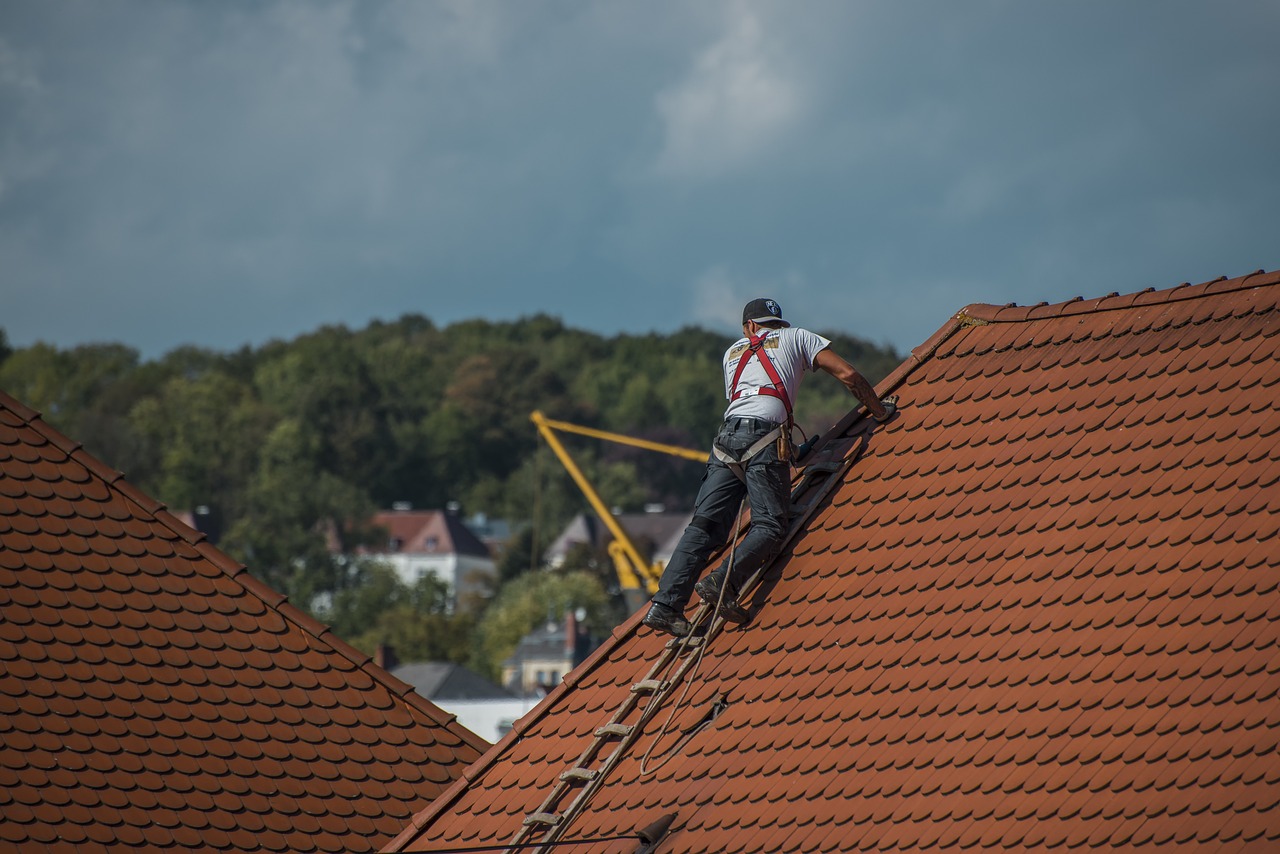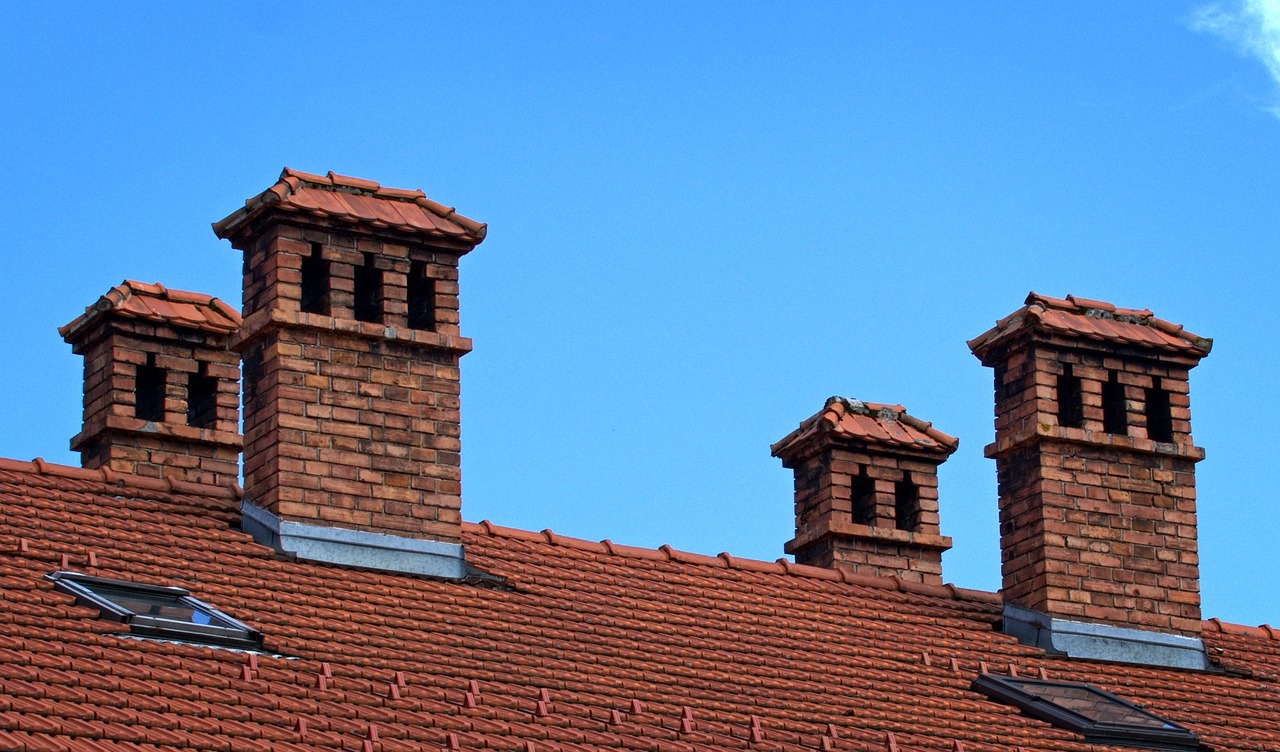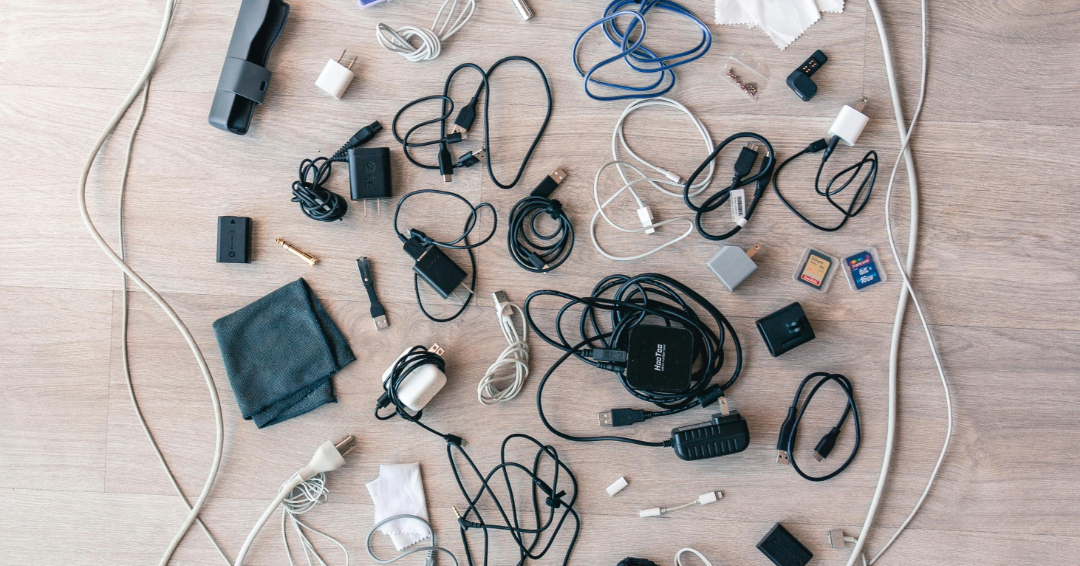
Essential Guide to Maintaining Your Home's Roof: Preventing Leaks and Extending Lifespan
Introduction: Your roof is one of the most critical components of your home, shielding it from the elements and contributing to its overall integrity. Regular maintenance is crucial for preventing leaks, extending the lifespan of your roof, and protecting your home from potential damage. This guide provides essential tips for inspecting and maintaining your roof to keep it in excellent condition.
1. Conducting Regular Roof Inspections:
a. Visual Inspections: Perform visual inspections of your roof at least twice a year, ideally in the spring and fall. Look for signs of damage such as missing or damaged shingles, cracked or curled edges, and debris accumulation.
b. Inspecting from the Ground: Use binoculars to inspect your roof from the ground for any visible issues. Check for damaged flashing, clogged gutters, or sagging areas that may indicate underlying problems.
2. Cleaning Gutters and Downspouts:
a. Importance of Clean Gutters: Gutters and downspouts channel rainwater away from your roof and foundation. Clogged gutters can lead to water overflow, causing damage to your roof, fascia, and soffits.
b. Cleaning Procedure: Remove leaves, twigs, and debris from gutters and downspouts regularly, especially after heavy storms. Use a garden trowel or gutter scoop to clear out debris, and flush the system with water to ensure proper flow.
3. Checking and Maintaining Flashing:
a. Role of Flashing: Flashing is used to seal joints and transitions on your roof, such as around chimneys, vents, and skylights. Properly installed flashing prevents water from seeping into these vulnerable areas.
b. Inspecting Flashing: Check flashing for signs of damage or deterioration, such as rust, gaps, or loose edges. Repair or replace damaged flashing to prevent leaks and maintain a watertight seal.
4. Removing Roof Debris:
a. Importance of Debris Removal: Leaves, branches, and other debris can trap moisture and cause roof damage. Debris accumulation can also lead to moss and algae growth, which can degrade roofing materials.
b. Safe Removal Methods: Use a roof rake or a broom to gently remove debris from your roof. Avoid using metal tools that could damage shingles. For safety, consider hiring a professional if the debris is difficult to reach.
5. Addressing Roof Damage Promptly:
a. Identifying Damage: After severe weather events, such as storms or high winds, inspect your roof for damage. Look for missing shingles, damaged areas, or leaks that may have developed.
b. Making Repairs: Repair minor damage, such as replacing missing or damaged shingles, as soon as possible to prevent further issues. For more extensive damage, consult a professional roofer to assess and repair the damage.
6. Inspecting and Maintaining Roof Valleys:
a. Importance of Roof Valleys: Roof valleys are the areas where two roof slopes meet, channeling water off the roof. Proper maintenance of these areas is crucial for preventing leaks.
b. Cleaning and Repairing Valleys: Ensure that roof valleys are clear of debris and check for signs of wear. Repair any damaged or missing roofing materials in these areas to ensure effective water drainage.
7. Preventing Ice Dams:
a. Understanding Ice Dams: Ice dams can form in cold climates when snow on the roof melts and refreezes at the eaves, causing water to back up and potentially leak into the home.
b. Prevention Tips: Improve attic insulation and ventilation to reduce heat loss and prevent snow from melting prematurely. Consider installing roof and gutter heating cables to help prevent ice dam formation.
8. Scheduling Professional Roof Inspections:
a. When to Hire a Professional: Consider having a professional roofer inspect your roof at least once every few years, or sooner if you notice signs of damage or wear. Professionals can identify hidden issues and provide expert repairs.
b. Choosing a Reputable Roofer: Select a licensed and insured roofing contractor with a good reputation. Check references, read reviews, and ensure they have experience with your type of roofing material.
Conclusion: Maintaining your home’s roof is essential for preventing leaks, extending its lifespan, and protecting your home from potential damage. By conducting regular inspections, cleaning gutters and flashings, addressing damage promptly, and scheduling professional inspections, you can keep your roof in excellent condition. Regular maintenance will help ensure that your roof continues to provide reliable protection and enhances your home’s overall integrity.
Recent articles from Home Maintenance

Essential Guide to Maintaining Your Home's Roof: Preventing Leaks and Extending Lifespan
Introduction: Your roof is one of the most critical components of your home, shielding it from the elements and contributing to its overall integrity. Regular maintenance is cru...

The Importance of Regular Chimney Inspections: Ensuring Safety and Efficiency
Introduction: Chimneys are often overlooked when it comes to home maintenance, yet they play a crucial role in safely venting smoke and fumes from fireplaces, stoves, and furnac...

6 Ways to Store Cables and Chargers / To Eliminate Clutter and Visual Noise
Gadgets have become an essential part of our lives, making the storage of their chargers more important than ever. Tangled wires create visual clutter, break, or get lost. Here are six ideas on ...